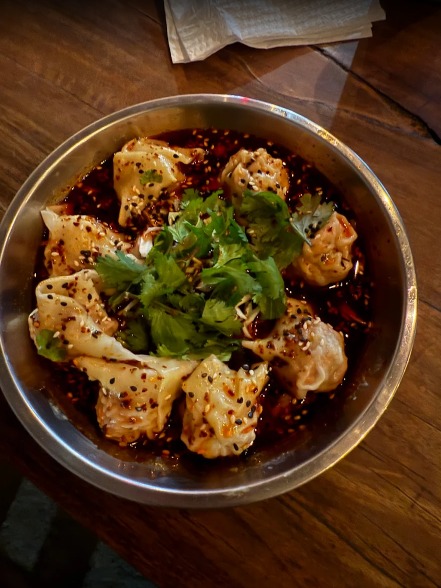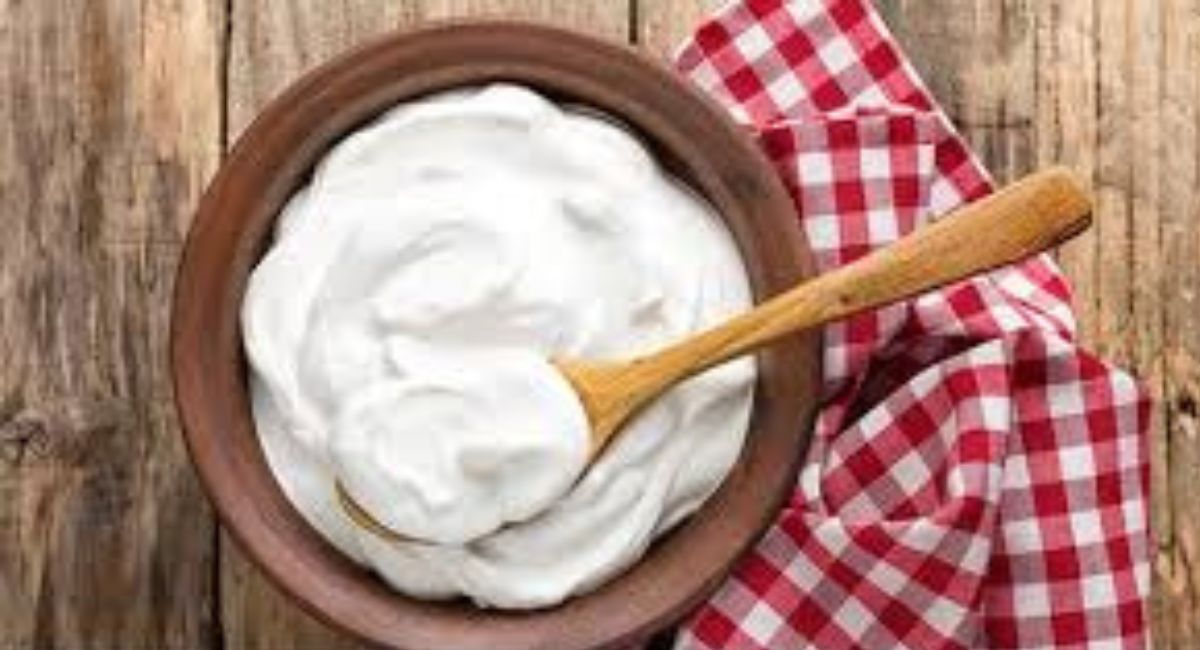What makes Cadbury's new chocolate bar gender specific? You don't have to eat it all in one go, apparently.
News that Cadbury's is about to launch its first new chocolate bar since the 1990s could be seen as a cause for excitement - are we about to see a new confection clasped to the nation's bosom? I fear not, for Crispello (a name that, like Nigellissima, surely no one but marketeers think has a purry appeal) is aimed squarely at a female demographic, and specifically at weight-conscious women who have been shunning chocolate altogether and who are blamed for a 6.6% slump in the £800m annual single chocolate bar market. Kraft, Cadbury's parent company, says the bar will be " ... a lighter way to enjoy chocolate", (isn't that Maltesers?) marketed under the tagline "a little treat for you."Crispello, a mix of wafer and chocolate from the Fererro Rocher school of confectionery, clocks in at 165 calories in 3 re-sealable packages, so that women can help themselves to "a little at a time rather than in one go". Hmm. This is reminiscent of the campaign to replace king size bars with "duos", an "anti-obesity" initiative whereby big bars were split into two so that you could save one for later or share with a friend. Did anyone ever do that? And while Crispello's 165 calories might be nearly 100 calories fewer than 260 for a Mars, a Flake has only 180.
As the Flake reminds us, chocolate has long been marketed at women, but mostly from an angle of sensual indulgence and least subtly in 40 years of adverts where the boundary between sensuality and sexiness has been blurred more than once. Men are not exempt, either: who can forget Yorkie's 2002 campaign where the brand positioned itself as "not for girls," complete with images of hunky truckers manfully breaking off chunks supposedly too large for the delicate female mouth.
Alcohol marketing, traditionally aimed at men, is also now turning its sights on female drinkers. Spritzers such as Carlsberg's Eve and the female-orientated beer Animee have appeared over the last couple of years to much scepticism that a few products could override years of brewers' advertising campaigns which alienate women.
Foods for weight loss is an area where manufacturers always target women, from the red-bikinied beauty who apparently achieved her silhouette by eating bowl after bowl of Special K or the girls who lunch, gossiping over their Ryvita crispbreads. Following the current orthodoxy that low fat is less fattening, anything that can be made low fat is and the advertisers make sure women know about it. Then there are the current hot new health food markets like probiotic yoghurts or sterol-fortified spreads to combat cholesterol, aimed at health-conscious women. The attitude is that if men do care about what they eat it is usually among a physique-obsessed minority.
Advertisers still seem convinced that men and women care about completely different things and target them accordingly. Apart from manly chocolate bars, men are seen as wanting a quick fix or a short cut to appearing competent in front of women - take the Worcestershire sauce ads where various men have used it to jazz up cheese on toast or transform the bolognese they have cooked for a dinner party. Even products like Heinz baked beans are being marketed at men - although I rather like the idea of Heinz being the Ferrari of baked beans - but I'm betting the new five-bean mix with its focus on health will be aimed at women.
Cadbury Crispello, a new chocolate bar aimed at women.













